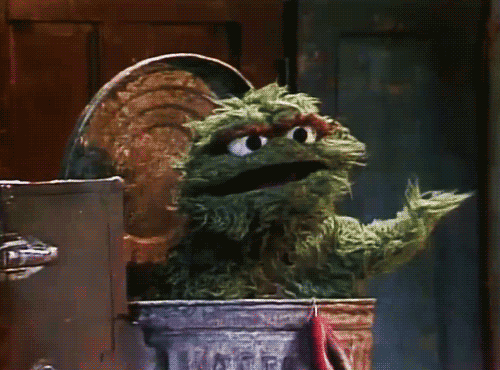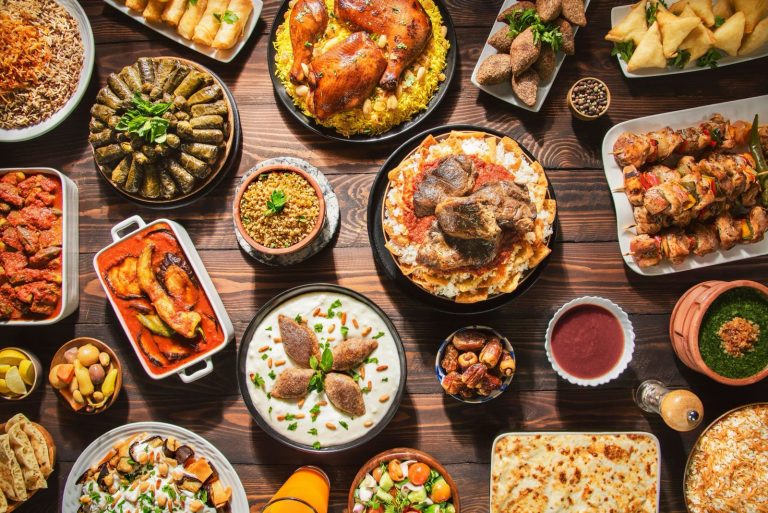Going to buy your weekly fruits and veges these days isn’t exactly rewarding. Not only are the prices flying into the stratosphere like Tony Stark, the quality usually isn’t as fresh as a prince from Bel Air either. So what’s one to do to get food that won’t make you sick so you won’t regret empyting your wallet? You can look up some tips on how to pick fresh produce. Or keep reading, we have some for you right here.
Fruits
With fruits, you should take it into your hand and feel if it’s softened enough to eat. The whole fruit should be evenly softened with no irregular softening anywhere that might indicate bruising or artificial ripening. This also applies to the colouring of the fruit as well. There should also be a nice fruity fragrance. Let’s look at some examples:
Bananas
Like any other fruit Bananas will get softer as it ripens. So you should feel the fruit and see if its just soft enough to eat. If it’s edible the flesh of the fruit should bounce back to shape after you apply a slight pressure. If you want to keep it for a few days before eating it’s ok if it’s a little tougher. Also no matter what kind of banana, it’s best if you can pick fruit that shows a gradual change in colour.
If the whole fruit is yellow, and especially if the flesh is tough, it could be artificially ripened. This is dangerous because the process of artificial ripening can leave poisonous residue on the fruit itself. Best stay far away from those.
Papaya
The process for papayas is pretty similar to bananas. You feel it up, and when you apply a little pressure the flesh should bounce back and retain its shape. If you lift a papaya and it’s heavier than you expected, that will be a ripe fruit. The juices will give the fruit some added weight. It’s safer to not buy fruit that’s completely yellow in colour. It’s probably either artificially ripened or overripe already. Go for fruit that’s green turning into yellow. If you put your nose to where the stem meets the fruit, a properly ripened papaya will have a mellow sweet scent as well.
Watermelon
When you lift up a watermelon and you’re surprised by it’s weight it’s a ripe melon. You can also tell a watermelon’s ripeness from sound. When you tap on it with your knuckles if it sounds like you’re tapping on a fat stomach it’s overripe. If it sounds like tapping on a forehead it’s underripe. But if it sounds like you’re tapping on a fit chest, then that’s the perfectly ripe watermelon. If there’s a single yellow patch on it, don’t worry. That’s where the fruit rested on the ground. It’s a good sign that it was naturally ripened.
Citrus fruits.

These fruits show a few distinct characteristics when ripened. Again, if it feels heavy in the hand it’s well ripened and you can get a lot of juice. If you slightly score the peel you should get a strong citrus fragrance. When you rub the peel it should be slightly oily to the touch. In fact if you can tell that the peel is thick you shouldn’t get it.
Avocado

You can tell if an avocado is ripe by feeling it and by the colour too. But there’s also another way. If you look under where the stem attaches to the fruit and it’s green, the fruit is good to eat. If it’s brown it’s too ripe.
Pineapple

It’s not hard to pick good pineapple. If you smell the pineapple from the top and it smells like good pineapple….then it’s good pineapple. But just be careful to not get hurt from the leaves, ok?
Mango

With mangoes, you should also look for a good smell from the stem. It shouldn’t be too hard when you take it to the hand either. Best look for one that you can see is gradually turning from green to yellow because that’s a good sign it’s naturally ripened.
Strawberry

Since strawberry is quite the hit these days we should check that out too. Good strawberries should have a nice fragrance and the whole fruit should be a nice deep red. It’s even better if the leaves on top haven’t fallen off yet. Keep an eye out for squashy ones, that means they're old.
Vegetables
It’s not much different from fruits to veges. However with vegetables you look more for a hard flesh than softness. It’s also a good sign if you can see the complete vegetable, leaves and all. Let’s look at a few examples:
Beets

If you find beets that still have the leaves on them, they’re fresh. As they get older and the leaves die, and vendors will take the leaves off so you can’t tell as easily. The beetroot should be nice and firm. Don’t buy beets that seem unusually long. They might give a bad taste.
Carrots

Carrots with the leaves still on them are your best choice. Same as the beets. The carrot root should have a nice radiant orange colour and the surface of the root should feel relatively smooth with no tendrils coming out.
String Beans

String beans must be firm to the touch. If there’s any softness anywhere don’t buy them. If there are weird patches on the skin that’s not good either. When you break one in two it should make a good “snap” sound. But just snap one sample, without breaking the shop’s complete stock and earning the wrath of the Mudalali.
Onions

There should be no odour whatsoever from a good onion. They should have a good heft in the hand as well. The top most layer, and only that layer, should be dry and paper thin. Any spots are probably indications of bruising.
Eggplant

Eggplants should have a nice shiny skin. The less shiny it is, the more bitter it tends to be. The flesh should bounce back to shape on slight pressure. If it sounds hollow when you tap on it, don’t buy.
Fish

When buying fish there’s a few things you need to check. The flesh should be slightly firm and bounce back to shape if you slightly press on it. While rubbery, the flesh shouldn’t be hard as rubber. The eyes should be clear. If they look red or cloudy it’s not fresh. The gills are red in fresh fish as well and they don’t feel sticky to the touch. Most of all fresh fish does not smell fishy. It smells like the sea. So if it smells bad, it is bad.
Meats
Chicken

Fresh chicken meat should have a nice pink colour. The meat should be firm. When you press on it and it stays depressed it’s old meat. The clearest indication though is if it smells bad, or looks greyish.
Beef
Beef comes in three shades depending on how long it’s been exposed to air. The freshest beef is bright red. After some exposure it turns a dark purplish colour. After a lot of exposure it turns brownish. This doesn’t mean that it’s unsafe to eat. But it does tell you how long it’s been in the air.
Pork
Judging fresh pork has a similar process. We’re looking for a nice pink meat which doesn’t feel like it has a film of meat covering it. If you mistake it for chicken, it’s not good pork either.
Eggs

When you’re buying eggs check to see if there are any cracks or lines in the shell. Any cracks could let germs in and spoil the egg. While bigger eggs may seem better value or money, medium sized eggs have a stronger shell. Try and get refrigerated eggs as much as possible because they will have a lesser chance of contamination in low temperatures.
Now you know a few pointers for picking the freshest food. We are what we eat after all so let’s not eat garbage and be like Oscar the Grouch.
Healthy food = healthy you!

















